LOST BOYS IN THE ABYSS: THE HAUNTING OF KINCORA
They say some stories stay with you forever. For me, KINCORA isn’t just a screenplay, it is a shadow, an echo of truths too disturbing to ignore. The Series delves into one of Northern Ireland’s darkest chapters, the Kincora Boys’ Home scandal of the 1970s. Writing and directing it demanded more of me than I ever anticipated.
There’s one scene in particular that lingers, a brutal test of storytelling that strips away all pretense. Set in a five-star Belfast hotel, it’s a black-tie auction. But instead of antique vases or purebred livestock, the "lots" are children.
Boys.
Human beings, trafficked under the guise of privilege and power.
When I wrote it, I knew it would be difficult. What I didn’t realise was how deep it would go.
A COLD TRANSACTION
The scene opens with Daphne, an Irish upper-class fixer with an unnerving calm, showcasing the “merchandise” to Jonathan, a young British minister eager to climb the political ladder. Their conversation is chilling in its detachment.
Jonathan, his eyes lighting up with grotesque enthusiasm, doesn’t miss a beat.
I wrote their exchange to feel transactional, as though they were discussing prize cattle or the polish on a Rolls Royce. The dehumanisation is the point. Daphne talks about these boys as if they’re objects; Jonathan’s only concern is purity and price.
It’s horrifying, yes. But the horror is amplified by how ordinary it feels to them.
WRITING IN THE ABYSS
When I first drafted the scene, I stopped halfway through. My fingers hovered above the keyboard, and I wondered if I was crossing a line. Not because the story didn’t deserve to be told, but because writing it felt like dragging my soul through a field of broken glass.
But that discomfort was the reason I pressed on. What happened at KINCORA was allowed to fester in secrecy because it was “too much” for polite conversation. By refusing to flinch, I hoped to honor the truth and ensure it wouldn’t be ignored again.
Still, translating this onto the screen required a delicate balance.
THE ACTOR’S BURDEN
I’ll never forget sitting with the actors as we prepared for this scene. They were visibly unsettled. I told them to “Play it like an auction for livestock,” I said. “A cow, a pig, a sheep, it doesn’t matter. Strip away the horror and focus on the moment. If you lean into the inhumanity, the audience will feel it without you needing to push.”
It wasn’t about numbing the actors or avoiding the weight of the story. Quite the opposite. By treating the scene as coldly as the characters themselves, we captured the stark, transactional evil at its core.
And yet, I understood their hesitation. As an actor myself, I’ve been there, taking on a role so deeply it starts to eat at you. There’s a fine line between embodying a character and letting them inhabit you. I urged them to take care of themselves, to approach the scene with respect but also distance.
WHY KINCORA MATTERS
Even now, I wonder if I got it right. Did I go too far? Did I hold back? It’s a question I’ll likely carry with me. But what I know for sure is this: stories like KINCORA must be told.
The events at the Kincora Boys’ Home weren’t an anomaly. They were part of a larger system that allowed exploitation to thrive in the shadows. By telling this story, we drag those shadows into the light.
I’ve always believed that art should make us uncomfortable. It should challenge us, provoke us, force us to confront truths we’d rather avoid. And if we, as Artists, can’t muster the courage to tell these stories, who will?
The scene we shot that day remains one of the hardest I’ve ever written, directed, or witnessed. But it also reminded me why I do what I do.
If a single viewer leaves the theater questioning the systems that allow such atrocities, then the discomfort, the sleepless nights, the emotional toll, it’s all worth it.

